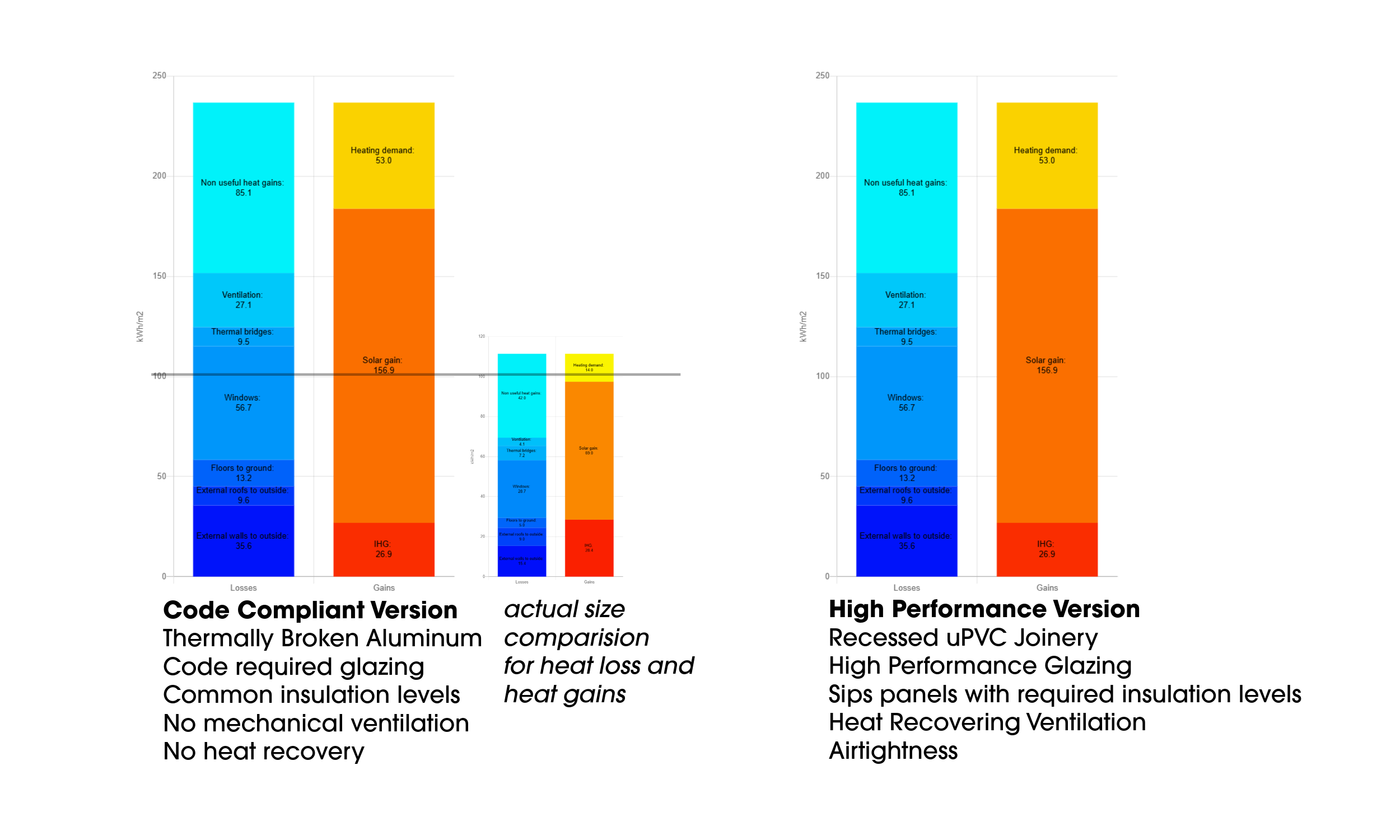The problem with high performance homes
What does this mean and how do you really know?
I recently had a phone call with a woman who was wanting to build a high-performance home. She told me they were building a high spec ’ed home, you know with quality insulation and the like.
She said, “it will be better preforming.”
“How do you know?” I asked?
There is a real problem brewing in the building better space. High performance homes are fast becoming the greenwash of sustainability. So many products claim to be green and recyclable. But unless proven, evaluated and supported by systems that action those claims, its only grand claims on a billboard.
I am starting to see the same issue in the building better and building performance space. Unless your Architectural design has been evaluated with energy modeling, there is no way to actually understand the performance.
Energy modeling, no matter what software you use, needs data and calculations to produce energy use numbers. Its not fancy 3D modeling and its not sexy beautiful design features, its mathematics.
Simply put, no matter how lovely your home Architects Plans or Standard Plan looks, or how much that insulation costs, if the numbers don’t stack up, its not high performance.
So how do we evaluate performance, and what is important?
1. High performance homes should sit most of the year between 20 and 25 degrees Celsius.
Now we start to understand how often a home is going to exceed 25 degrees Celsius and overheat. We also can work out much energy the design requires to increase the internal temperature to 20 degrees.
All of this relates to where a building is located in the world, how it is orientated and how high above sea level it is located.
2. Building performance cannot be scheduled, assumed or solved during construction.
The only place that Building Performance can be known and then adjusted or created is through energy modeling calculations. If it’s just to Code with out energy modeling, its not High Performance. The same combination of elements can put together in a different design, and the result will not be the same. It never ceases to amaze me how a few tweaks to a design, an additional of a window here, pushing out a wall there, can totally change how a design performs. And of course, you want to know how well its going work before you start building, because after that you are stuck with the result.
High preformance actual calculation against common code compliant version of the same design
3. Smart High-Performance Homes know what elements are bang for buck and which ones don’t move the needle much.
One of the biggest benefits of energy modeling a design, is having the options now to evaluate “upgrades” or up spec’ing” to the design and assessing what has the largest and most beneficial impact on the performance of that home. I see so many people invest in expensive items honestly believing it will give them a better home, with no investigation into how beneficial that investment will actually be for their project. Given the building is expensive, understanding where to invest and where to save is critical if we are going to make building better financially achievable.
4. If its not certified, you cannot be sure.
So many people like the concept of systems and standards like Homestar and Passive House, but shy away from actually doing the work, relying on Passive House Principals to justify their claims of building better. Certification is the process of checking claims and calculations. Homestar and Passive both require designs to be independently certified means a third-party check that before that home can be recognized as a high-performance home. If you are wanting a return on your investment for building a better than minimum building code home, then you want to make sure there is no doubt in the market when its time to cash up.
So be careful when buying a high-performance home. Ask for the data, establish the benchmark and demand proof. There can be a chance that someone has just talking it up, whilst you literally buy into the misconception by way of financial investment and quality of your home life experience.
Your home is the biggest investment you make in your lifetime, make sure the claims of performance are correct and are supported by good Architectural Design. It could actually turn into a liability.
if you are wanting a high performance new home or renovation, lets have a chat to see how we can make that happen for you.

